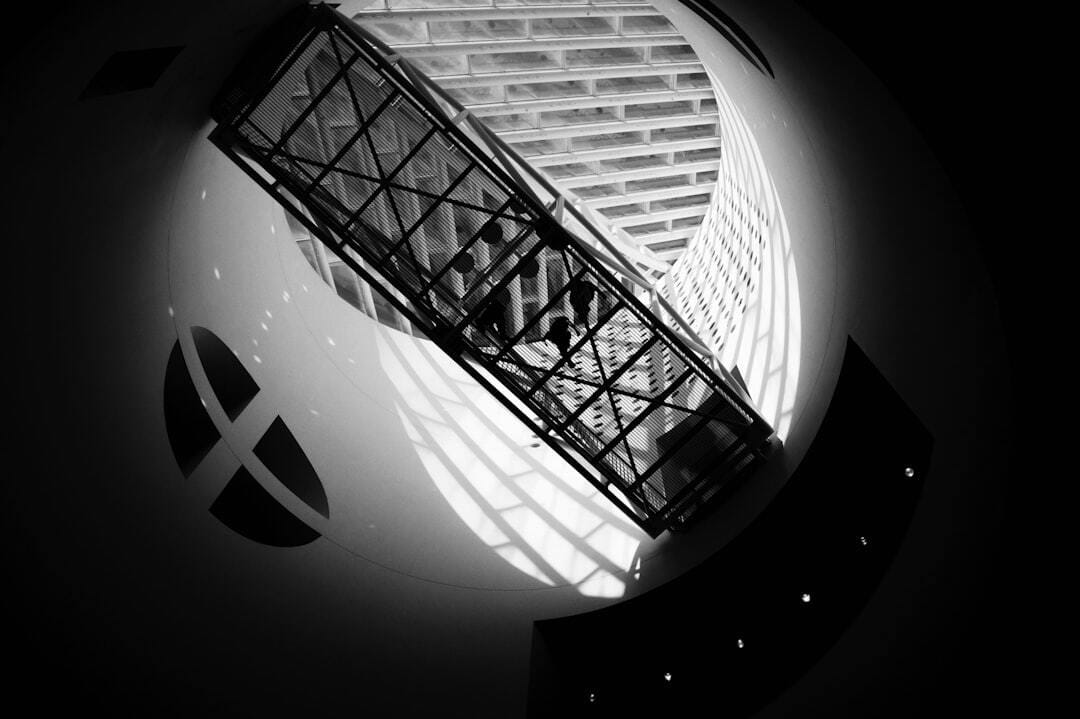
In the world of production, the quest for visual inspiration is relentless. Directors, cinematographers, and artists continually seek fresh, inventive ideas that translate sound into compelling visual narratives. With an abundance of resources available, finding the perfect inspiration can be as exciting as it is overwhelming. Here, we explore a mix of innovative platforms and timeless sources that offer boundless creative stimuli for music video creation.
1. ShotDeck
ShotDeck is an invaluable tool for filmmakers and music video directors. It is an extensive database of still images from myriad films, allowing users to search for specific visual elements, from composition and lighting to genre-specific aesthetics. ShotDeck was created by Lawrence Sher, Director of Photography on films such as The Joker, Father Figures, and Garden State. Because of this, it focuses mainly on nature films and tv shows, but they have recently begun adding more music videos and commercials. This resource is particularly useful for directors who want to storyboard their ideas and ensure that every frame of their music video can stand alone as a piece of art.
2. Flim.ai
For those looking to infuse cinematic quality into their music videos, Film.ai stands out as a premier destination. Film uses AI to label and categorize stills (not to create them!) and offers a vast repository of film scenes, categorized by mood, color, theme, and even camera movements. Users can explore high-quality clips from various movies to understand lighting setups, framing, and pacing, which can be instrumental in crafting visually stunning music videos that tell a story as powerful as the song itself. Film has a massive library of music videos and commercials stills and allows you to pull gifs and videos, as well as stills. It is not as accurate as ShotDeck for exact framing, but is especially good for the contents of a frame.
3. Pinterest
Pinterest offers a more generalized but incredibly vast source of visual inspiration. Users can browse through millions of images and pin boards created by artists, designers, and photographers from around the world. Whether you’re looking for avant-garde fashion, surreal landscapes, or dynamic urban scenes, Pinterest provides an eclectic range of imagery that can spark creative ideas for thematic elements and visual styles in music videos. While it may be the OG, Pinterest continues to hold up as a staple for creative inspiration, especially because of its ability to recommend more images based on the boards already created.
4. Eye Candy
As the name suggests, Eye Candy is all about stunning visuals. This platform curates some of the most eye-catching images and videos from around the web, making it a fantastic tool for artists seeking out-of-the-box visual ideas. The curated content ranges from experimental art and digital design to exotic locations and ultra-modern architecture, all of which can serve as a unique backdrop or inspiration for music video projects. Eyecandy has recently begun publishing deep dives into techniques used in videos, which give a behind-the-scenes look at how these visuals are accomplished.
5. Art Museums
Sometimes, stepping away from the digital world and into the halls of art museums can provide the most profound inspiration. Art museums not only showcase works from different eras, cultures, and mediums, but also offer a tangible connection to the history of visual expression. Exploring the textures, compositions, and themes of artworks can ignite ideas for stylistic approaches and narratives in music videos. Whether it’s the bold minimalism of contemporary art or the intricate details of classical paintings, each piece can open new avenues for visual storytelling. Plenty of modern art museums also feature video pieces, which can provide an even more direct form of inspiration. A recent favorite piece I got to see is Ragnar Kjartansson's, The Visitors, which is essentially an immersive performance video. Seeing music videos be given space in a museum setting truly cements how important they are as an art form.
